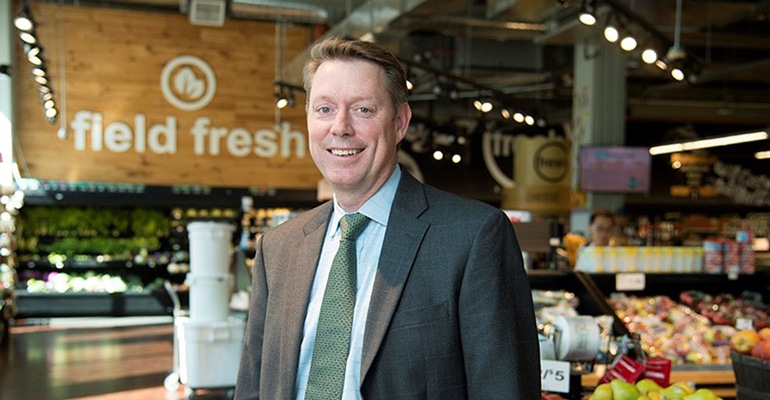July 6, 2022

Grocery shopping is one activity that has been greatly impacted during the past couple of years, first by the COVID-19 pandemic and now due to inflation.
Since the pandemic began in March 2020, consumers have had to deal with food shortages for products including meat, fish, milk, fruits, vegetables, some cereals and baby formula. They also have dealt with escalating prices, especially for meat, fish, milk, butter, eggs, bread, cereals, and fruits and vegetables.
In fact, there are very few items in grocery stores that haven’t been impacted by the pandemic and/or inflation. Even canned cat food, toilet paper and cleaning products have been in short supply periodically during the past two years and are costing more.
Adding insult to injury
Last spring, avian influenza added insult to injury, causing chicken and egg prices to spike and supplies to dwindle. Skinless, boneless chicken breasts at the grocery store I shop at went up a $1 per pound in March, jumping from $1.99 per pound in February to $2.99. While supplies have increased, the price is still $2.99 per pound.
Egg prices were 69 cents per dozen in February, which I thought was incredibly cheap. My mom used to sell eggs from our chickens to local customers for 50 cents a dozen back in the 1960s. But after avian influenza hit in March, egg prices skyrocketed to $2.99 per dozen. Supplies have returned to normal at my grocery store, but the price has dropped only 20 cents, to $2.79 per dozen.
My shopping habits haven’t changed very much this year due to inflation since I have always bought what’s on sale. If chuck roasts are on sale for $3.99 per pound, for example, I will buy three or four roasts and freeze all but one to use later. I also usually purchase store brands unless the name brands are on sale for less than the store brands. The three exceptions to that rule are Yoplait yogurt, Sweet Baby Ray’s barbecue sauce and Miracle Whip!
Food price study
Purdue University is studying the impact inflation is having on food prices. According to its Consumer Food Insights Report, consumers are managing inflation in food prices for now, but their expectations to experience future inflation are increasing.
The survey-based report out of Purdue’s Center for Food Demand Analysis and Sustainability assesses food security and spending, consumer satisfaction and values, support of agricultural and food policies, and trust in information sources.
Key results from the survey are:
The Sustainable Food Purchasing Index is 68/100.
Food inflation expectations among consumers are on the rise.
In response to inflation, 24% of respondents sought out more sales and discounts; 31% have not changed their behavior.

“Increasing inflation expectations are a bit worrisome because expectations of future prices can lead to a self-fulfilling prophesy,” says Jayson Lusk, professor of agricultural economics at Purdue, who leads the Center for Food Demand Analysis and Sustainability. “However, I find it more interesting that consumers’ perceptions of how much food prices have increased over the past year is quite a bit lower than the official data.”
The Bureau of Labor Statistics reported that prices of food at grocery stores increased 7.4% over the course of the past year, but the consumers surveyed for the Consumer Food Insight Report said, on average, they thought food prices had increased 5.2% over the past year.
“Maybe consumers aren’t ‘feeling’ inflation as much because they can adjust to higher prices in a variety of ways like shopping on sale or substituting lower-price alternatives,” Lusk says. “When we asked consumers how they were responding to increased food prices, the most common answer was that they had made little to no change in their shopping habits, which suggests wage and income growth, coupled with savings, have not led to major shifts in consumers’ buying habits.”
I think the main reason consumers haven’t changed their grocery buying habits much is that while we all like to complain about paying more for groceries, we all still have to eat, and buying food at grocery stores to prepare at home is still cheaper than eating out.
Comments? Email [email protected].
You May Also Like




